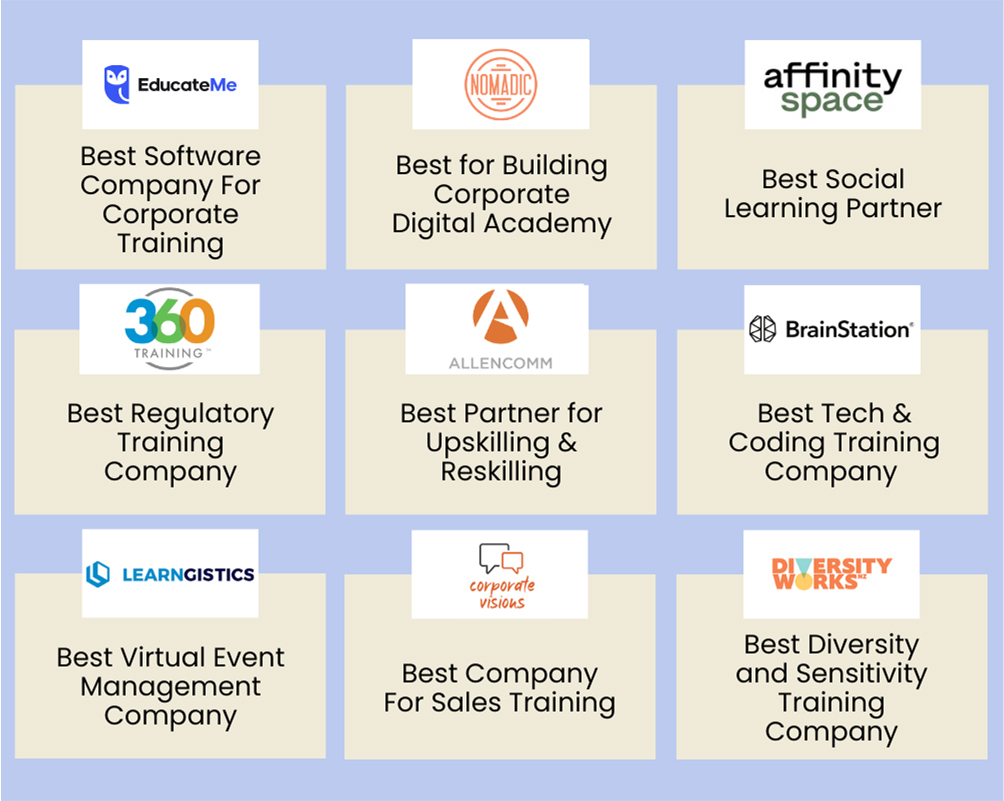In-company training refers to all training and educational activities initiated or at least partially funded by a company, conducted after initial vocational training (→ Apprenticeship).
As the core component of human resources development, in-company training—together with approaches such as job enlargement and in-company career planning—plays a central role in employee development and organizational performance enhancement.
According to the 2006 Continuing Education Reporting System from the German Economic Institute, companies in Germany invested approximately €26.8 billion in employee continuing education in 2004. This included €9.1 billion in direct spending and €17.6 billion in indirect spending, averaging around €1,073 per employee annually.
Training practices vary by company size:
-
Small companies focus heavily on workplace-based learning, with over 50% conducted on the job. Around 15% of learning takes place through external events, and the remainder is split between information sessions, internal training, and self-directed learning.
-
Large companies institutionalize training more extensively. Around 25% of training occurs via in-house courses, 22% via external providers, and just over a third through workplace learning.
A positive correlation between training investment and company success has been consistently demonstrated in meta-analyses, with a stronger ROI and profit effect observed in larger firms (Gmür & Schwerdt, 2004).
Key Phases of In-company Training
In-company training typically follows four interdependent phases:
-
Identification of Training Needs:
This begins with a target-actual analysis to compare current employee skills with company requirements. Methods such as the critical incident technique, Delphi surveys, subjective activity analysis (STA), and moderated group discussions help determine training gaps. Document reviews and workplace observations are also useful. -
Program Design and Implementation:
Training initiatives must be tailored to organizational goals and learning objectives. Key decisions involve:-
Learning formats: seminars, workshops, coaching, or eLearning
-
Training locations: on-the-job, near-the-job, or off-the-job
-
Trainers: internal vs. external experts
-
Thematic and content alignment
-
-
Learning Transfer:
The success of a training initiative depends on effectively transferring new knowledge or behavior to the workplace. This often fails due to a lack of follow-up or workplace resistance to change. Trainers can improve learning transfer by:-
Aligning training content with participants’ challenges
-
Allowing time for practice and application
-
Ensuring consistency between learning environments and the work context
-
-
Evaluation of Effectiveness:
This final phase assesses the impact of training. Evaluation methods may include participant feedback, performance assessments, or broader business performance indicators.
Assessing Employee Potential
Alongside training needs assessment, companies must evaluate employee potential. Tools include:
-
Assessment centers for performance simulation
-
Strategic Management Simulation (Streufert, 1990) for evaluating strategic decision-making
-
Competency biographies (Erpenbeck & Heyse, 1999) for competency measurement







